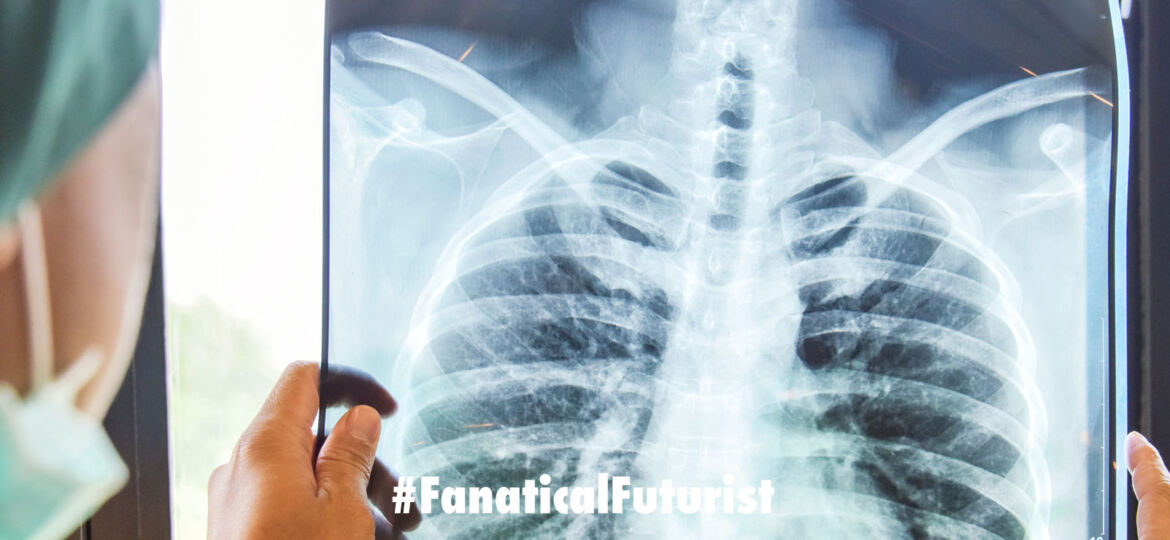
WHY THIS MATTERS IN BRIEF
In time all technologies get smaller, more performant, and cheaper – even gigantic X-Ray machines.
 Love the Exponential Future? Join our XPotential Community, future proof yourself with courses from XPotential University, connect, watch a keynote, or browse my blog.
Love the Exponential Future? Join our XPotential Community, future proof yourself with courses from XPotential University, connect, watch a keynote, or browse my blog.
Everything it seems is getting smaller – from Brain Machine Interfaces that can read your thoughts and emotions that can now be packed into a pair of common-a-garden glasses, right through to massive MRI machines which can be wheeled to patients beds and gargantuan particle accelerators which now fit on a chip. Oh, and cameras that can now flow around in your blood stream taking photos of your insides. Say “Cheese!”
Today, if someone has been involved in a potentially bone-breaking mishap, they have to be X-rayed by trained staff at a hospital. Soon, however, it may be possible for them to perform their own X-rays, using a compact device that could be located just about anywhere. Furthermore, as AI gets better at analysing those X-Ray images one day that same AI will be able to diagnose your issue for you, again, at home.

The new portable X-Ray machine encased in a box. Courtesy: UOO.
Currently under development at Finland’s University of Oulu, the prototype portable X-ray machine measures just 50 by 50 by 130 cm, or 20 by 20 by 51 inches.
Not only is it much smaller than conventional X-ray systems which often occupy the corner of a large room, but because it incorporates built-in radiation shielding the new device doesn’t have to kept in a lead-lined room, nor does it have to be operated from a separate area.
In fact, it utilises a video screen to guide patients through the process, showing them how and where to place the injured appendage. It then automatically takes the X-rays, and tells the user if a break is detected.
At the moment its instructions, and its imaging voltage, are currently set up for X-raying bones in the palm and ankle, but the developers say more regions will be added as the system is developed.
The idea behind the technology is that the relatively inexpensive machines could be set up at locations such as ski resorts or medical clinics, where patients could self-check their injuries to see if a bone was indeed broken before they needed to take a trip to an expensive hospital for any treatment. Not only would this reduce the demands placed on larger, pricier, more sophisticated X-ray systems, and their operators, but it would also help bring this valuable medical tool to remote regions of the world where healthcare infrastructure is poor.
Source: University of Oulu
















